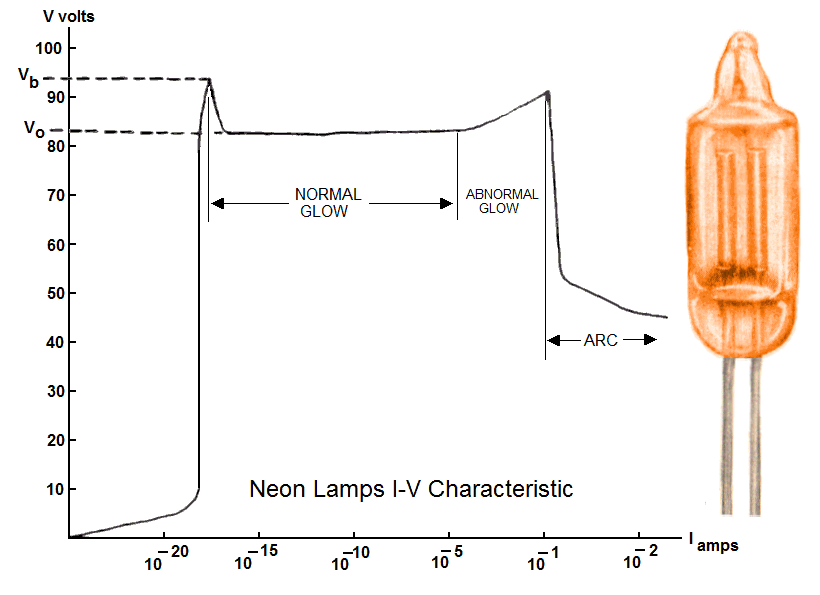amit.kumar11
Member level 5
Dear All,
I am using 3 phase input to my board. At input I have a MOV between phase to neutral and series fuse.
My board has to gone through IEC 61000 standard. We have tested surge i.e 61000-4-5 and it has passed but in EFT test 61000-4-4 our device is failing.
Thing is that, in surge test pulses will be in us(microsec) range so MOV is suppressing those pulses but in EFT it will be in ns(nanosec) and repetition rate is also more.
NOTE: Power supply section is working fine in this case. We have a I2C communication between ADC and controller. We have found that whenever we disable this communication by software, device works but whenever controller is trying to communicate with ADC its getting hang. We have probed I2C line in CRo and in these lines those EFT pulses are appearing.
Please suggest any device which I can put at input side to supress these pulses, so that it cant enter into device.
Amit
I am using 3 phase input to my board. At input I have a MOV between phase to neutral and series fuse.
My board has to gone through IEC 61000 standard. We have tested surge i.e 61000-4-5 and it has passed but in EFT test 61000-4-4 our device is failing.
Thing is that, in surge test pulses will be in us(microsec) range so MOV is suppressing those pulses but in EFT it will be in ns(nanosec) and repetition rate is also more.
NOTE: Power supply section is working fine in this case. We have a I2C communication between ADC and controller. We have found that whenever we disable this communication by software, device works but whenever controller is trying to communicate with ADC its getting hang. We have probed I2C line in CRo and in these lines those EFT pulses are appearing.
Please suggest any device which I can put at input side to supress these pulses, so that it cant enter into device.
Amit
